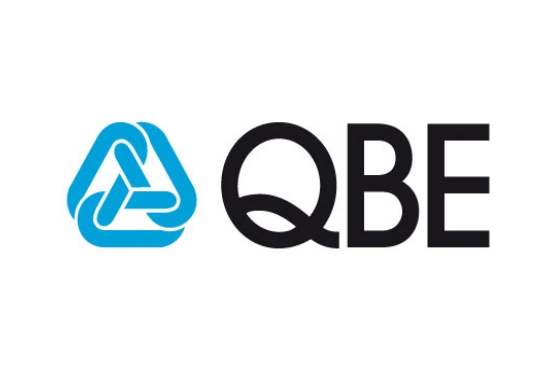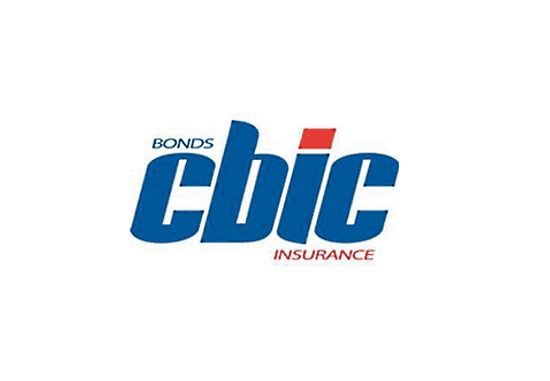How does life insurance work?
Life insurance is one of the smartest financial decisions you’ll ever make — and it’s much simpler than it sounds. Whether you’re protecting your children, your partner, or your legacy, understanding how life insurance works is the first step.
What Is Life Insurance?
Life insurance is a contract between you and an insurance company. You pay a monthly or yearly premium, and in return, your loved ones receive a tax-free payout (called a death benefit) when you pass away.
This money can be used for:
Paying off debts and mortgage
Covering funeral and final expenses
Replacing lost income
Supporting children’s education
Maintaining your family’s lifestyle
The Two Main Types of Life Insurance
1. Term Life Insurance
Coverage for a set period (10, 20, 30 years)
Affordable premiums
Ideal for young families, new homeowners, and business owners
No cash value — pure protection
2. Permanent Life Insurance
Lifetime coverage
Includes policies like Whole Life and IUL
Builds cash value over time you can borrow from
More expensive, but great for wealth building and legacy planning
How Does a Life Insurance Payout Work?
Once the policyholder passes away, their beneficiaries file a claim, and the insurer pays the death benefit — typically within weeks. As long as premiums were paid and the policy is active, it’s that simple.
Who Needs Life Insurance?
Parents who want to secure their children’s future
Homeowners with a mortgage
Business owners protecting partners or assets
Single individuals who want to leave something behind
Anyone who doesn’t want to burden their loved ones
Why Choose Our Life Insurance Platform?
✔️ Instant quotes from multiple top-rated carriers
✔️ No medical exam for many policies
✔️ Monthly premiums starting at just $10
✔️ Buy online — no agents, no pressure
✔️ Options for term, whole life, IUL, return of premium & more
✅ Fill out the short form below and compare your best life insurance quotes — instantly.
Protect what matters most. Lock in your rate today.
Related Posts
Get a Right Insurance For You
SHARE THIS ARTICLE
We will compare quotes from trusted carriers for you and provide you with the best offer.
Protecting your future with us
Whatever your needs, give us a call, have you been told you can’t insure your risk, been turned down, or simply unhappy with your current insurance? Since 1995 we’ve been providing coverage to our customers, and helping people across United States.













